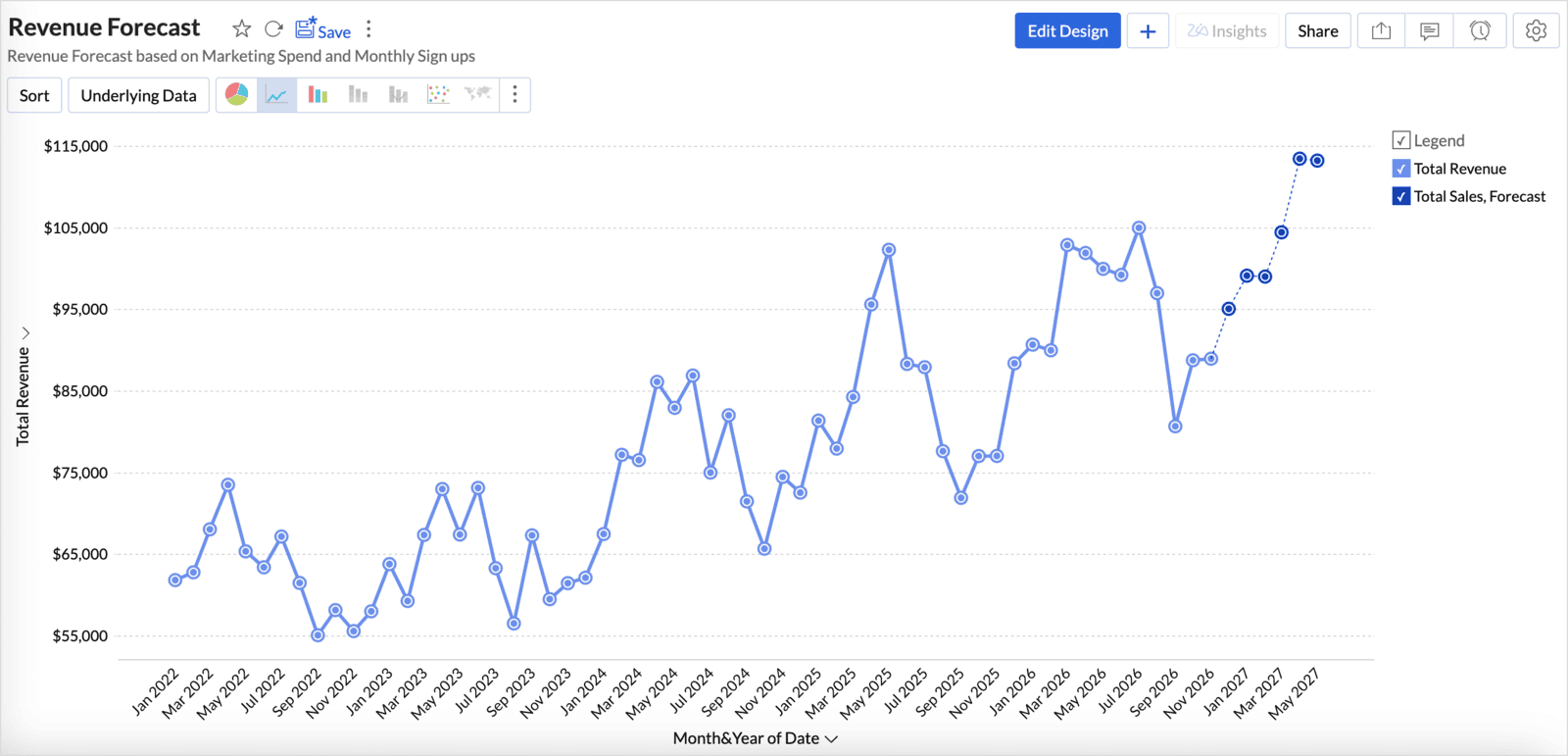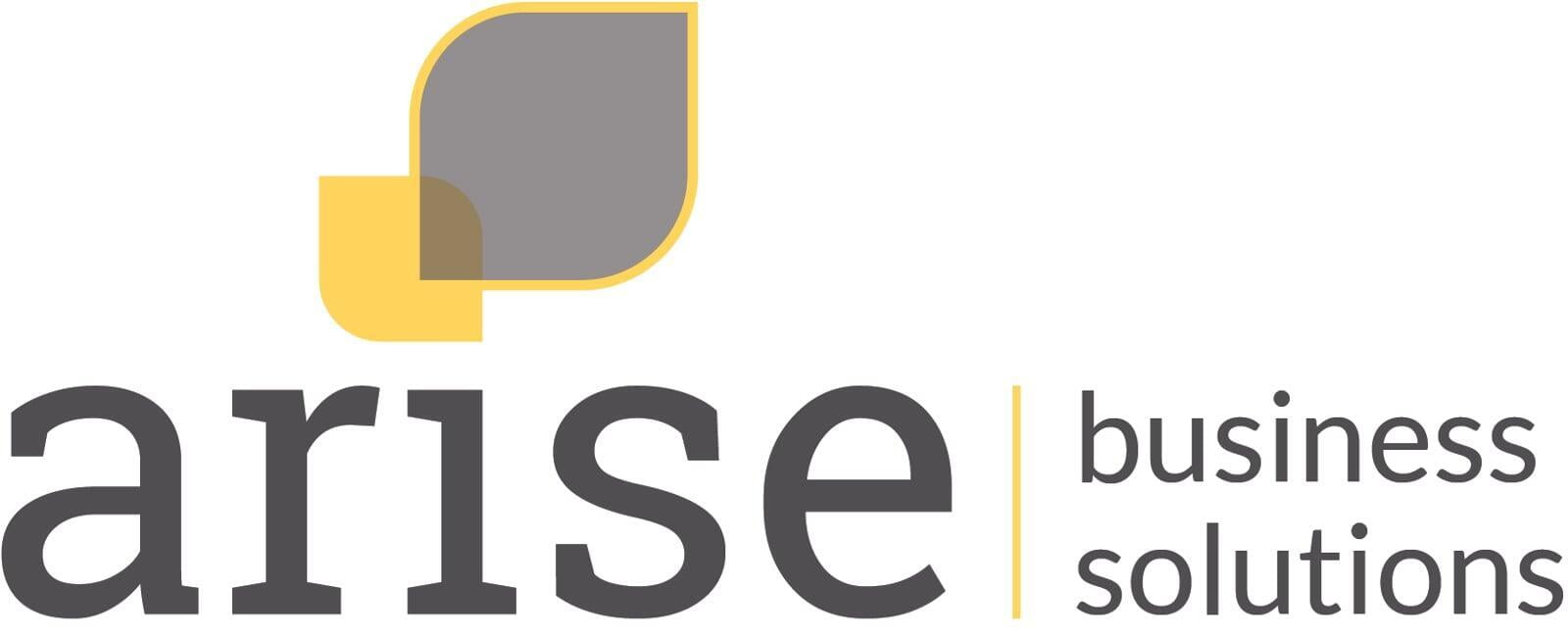More than just predicting numbers
Sales forecasting is more than just predicting numbers—it's about transforming raw data into actionable insights that drive strategic business decisions. When implemented correctly, sales forecasting can significantly improve inventory management, resource allocation, and overall business planning.

Step-by-Step Implementation Guide
1. Define Your Objectives
Begin with clarity about what you want to achieve with sales forecasting. Are you focusing on short-term operational decisions or long-term strategic planning? Different objectives require different forecasting approaches.
2. Gather Quality Data
The foundation of effective forecasting is reliable data:
- Historical sales data (at least 2-3 years if available)
- Seasonal patterns and trends
- Market indicators and economic factors
- Customer behaviour metrics
- Sales pipeline information
3. Choose the Right Forecasting Method
Select a methodology that aligns with your business needs:
- Time Series Analysis: Ideal for stable markets with clear seasonal patterns
- Regression Analysis: Works well when you have multiple variables influencing sales
- Moving Average: Simple and effective for short-term forecasting
- Machine Learning Models: For complex data with multiple variables and non-linear relationships
4. Implement Analytics Software with Forecasting Capabilities
While Excel may seem convenient, today's SMEs should leverage affordable analytics platforms that offer powerful forecasting tools.
- We use Zoho Analytics which offers user-friendly dashboards for visualisation, automated reporting, and built-in forecasting functions at SME-friendly price points, that requires minimal technical expertise and can grow with your business.
- Other popular tools include Tableau and Power BI.
These platforms offer significant advantages over spreadsheets, including automated data updates, more sophisticated algorithms, and clearer visualization of trends. The learning curve is worth the improved accuracy and time savings.
5. Establish Regular Review Cycles
Create a cadence for forecast reviews:
- Weekly reviews for short-term operational adjustments
- Monthly reviews for tactical decisions
- Quarterly reviews for strategic planning
Common Pitfalls to Avoid
Over-Reliance on Historical Data
While historical data is crucial, exclusively backward-looking forecasts can miss emerging trends or market shifts. Complement historical analysis with forward-looking indicators.
Ignoring External Factors
Economic changes, competitor actions, and market disruptions significantly impact sales. Build these variables into your forecasting models.
Insufficient Granularity
Forecasting at too high a level can mask important patterns. Break forecasts down by product lines, customer segments, or geographic regions for more actionable insights.
Neglecting Collaboration
Sales forecasting isn't just for the sales department. Involve marketing, operations, finance, and product teams to gain comprehensive perspectives and increase buy-in.
Failing to Iterate
Forecasting accuracy improves over time with continuous refinement. Don't expect perfection initially—plan for regular model adjustments based on performance.
Change Management Tips
Secure Executive Sponsorship
Leadership support is essential for successful implementation. Ensure executives understand the value of forecasting and champion its adoption.
Provide Adequate Training
Invest in training for all stakeholders involved in the forecasting process. Understanding builds confidence and proper utilisation.
Start Small and Expand
Begin with a pilot program in one department or product line before rolling out company-wide. This allows for learning and adjustment with lower risk.
Communicate Value, Not Just Process
Help teams understand how forecasting will make their jobs easier and how it connects to broader business goals.
Start Small and Expand
Create Accountability
Assign clear roles and responsibilities within the forecasting process to ensure ownership at each stage.
Success Stories
Start Small and Expand
Wellington Craft Brewery Navigates Seasonal Demand
A Wellington-based craft brewery with 15 employees implemented a straightforward forecasting model that incorporated weather patterns and local events. By accurately predicting peak demand periods, they reduced wasted product by 32% and improved cash flow by $45,000 annually, allowing them to invest in new equipment.
Start Small and Expand
Christchurch Furniture Manufacturer Improves Supply Chain
A family-owned furniture business in Christchurch (25 employees) struggled with timber supply issues and unpredictable order volumes. After implementing basic sales forecasting that factored in housing market data, they reduced lead times from 6 weeks to 3 weeks and decreased emergency supplier orders by 70%, saving approximately $30,000 per year.
Start Small and Expand
Auckland Tech Service Provider Scales Efficiently
An Auckland-based IT services company with 40 staff used simple CRM-integrated forecasting to predict service demand across different client segments. This allowed them to hire contractors strategically during peak periods rather than maintaining excess full-time staff, improving profit margins by 15% while maintaining service quality.
Start Small and Expand
Queenstown Tourism Operator Weathers Seasonal Fluctuations
A Queenstown adventure tourism operator (18 staff) implemented a forecasting system that combined historical booking data with flight arrival information and accommodation occupancy rates. This helped them adjust staffing levels and promotional offers in advance, resulting in a 28% reduction in operational costs during shoulder seasons while maintaining readiness for peak periods.
Conclusion
Implementing effective sales forecasting is a journey that requires commitment, the right tools, and organisational alignment. When done well, it transforms from a mere prediction exercise into a strategic advantage that drives better decision-making across the organisation. Start with clear objectives, build on quality data, choose appropriate methodologies, and continuously refine your approach to reap the full benefits of sales forecasting.
Ready to Transform Your Sales Forecasting?
Getting Started: Your Next Steps
- Assessment: Take stock of your current forecasting processes (or lack thereof) and identify specific pain points
- Data Inventory: Catalogue what sales and market data you currently have available
- Objectives: Define what you want to achieve with improved forecasting (inventory reduction, better staffing, increased margins)
- Team Involvement: Identify key stakeholders who should be part of the forecasting initiative
Book Your Free Strategy Session
Don't navigate this journey alone. We work specifically with New Zealand businesses to implement practical, affordable forecasting solutions tailored to your business.In this complimentary 45-minute strategy session, we'll:
- Review your current sales data and processes
- Identify your biggest forecasting opportunities
- Outline a customised implementation approach
- Provide actionable next steps you can take immediately


